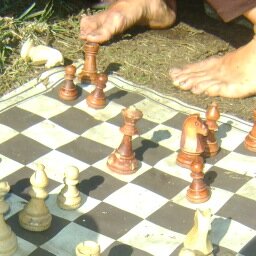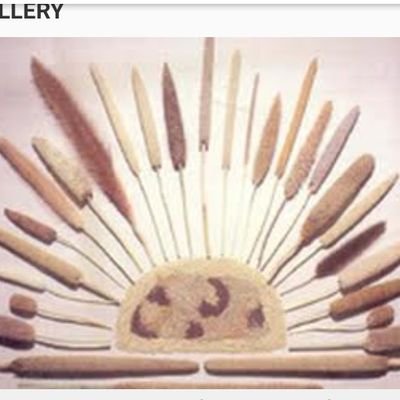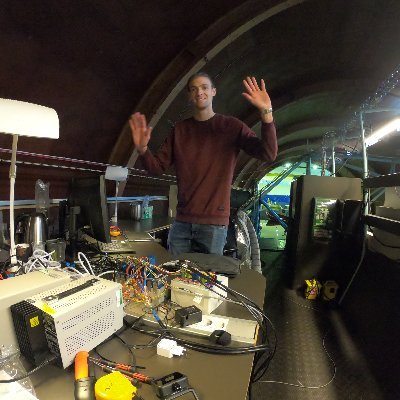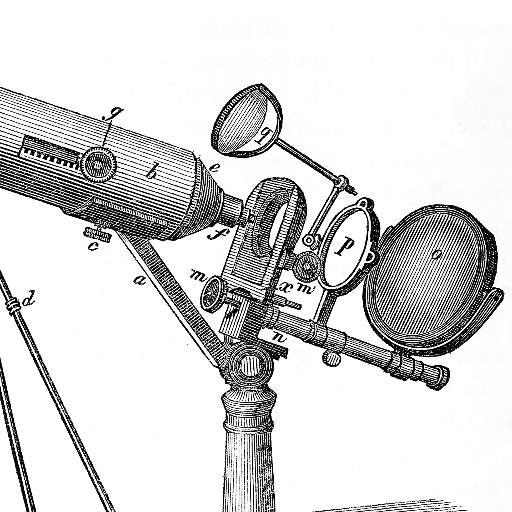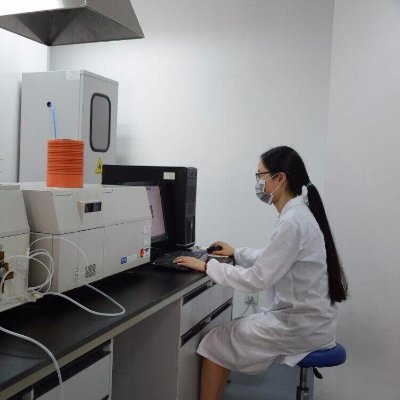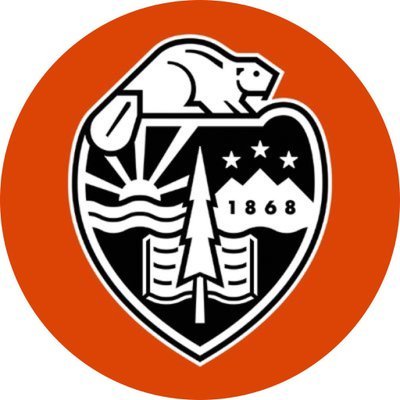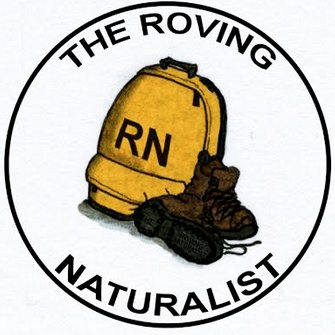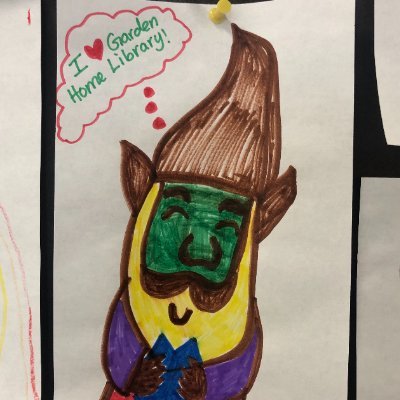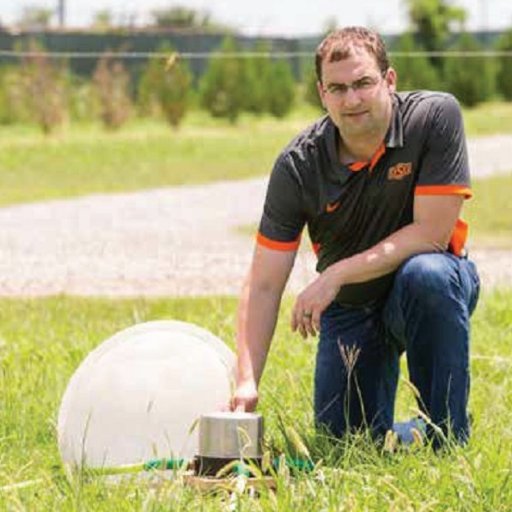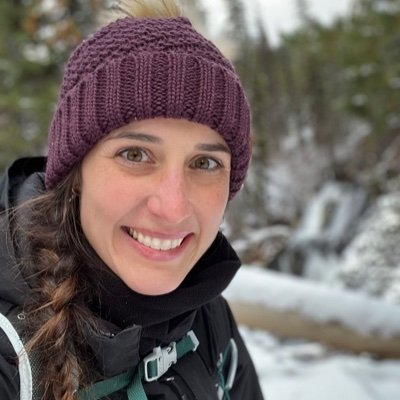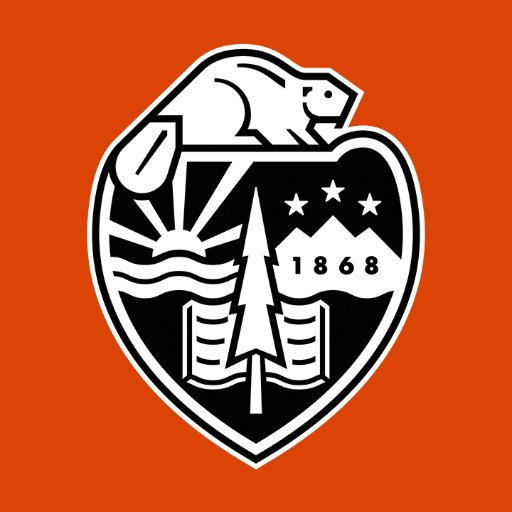
LIB LAB: The Library Laboratory
@LIB_LAB_Science
LIB LAB is a fun, educational video series that explores scientific fundamentals with exciting demonstrations and DIY experiments to do at home.
You might like
Check out LIB LAB on YouTube and subscribe! The more subscribers we get the more kids we can help. Like and retweet to help us make more awesome #STEAM content! #STEM #Education #SciComm #Science #Technology #Engineering #Art #Math #ScienceEd
Meet the star-nosed mole - aka the most amazing animal you've never heard of. They can smell underwater by quickly exhaling and re-inhaling bubbles trapped in the tentacles on their nose. Yes, you did read that correctly. Nature be crazy yo. youtube.com/watch?v=-2H6PK…

youtube.com
YouTube
How to Smell Underwater with the Star-Nosed Mole
NEW VIDEO - termites survive in the desert by living underground in termite mounds, but how do they keep their mounds cool? The answer lies in some neat fluid dynamics... Research by Shantanu Bailoor @JohnsHopkins. youtube.com/watch?v=rfS6KT…

youtube.com
YouTube
Natural Ventilation of Termite Mounds
Jellyfish stingers reach an acceleration 50 times faster than a bullet as they are ejected from stinging capsules under high pressure. THIS is what fluid mechanics is made for. Research from Uri Shavit @TechnionLive. youtu.be/q2NhR7Pq1s4
Videos for DIY science experiments keep showing up in my feeds but they never explain the science… So I decided to film my own and fix that. I present my DIY cold Lava Lamp. #SciComm #Science #Chemistry #physics #STEM
NEW VIDEO: What happens when a nettle stings you? Some fluid dynamics and very cool lab experiments later, Kaare Jensen @DTUtweet has the answer... Featuring close-up footage of a stinger in action - not to be missed!! youtu.be/VvvmGmat55Q

youtube.com
YouTube
How do Stinging Nettles Inject Poison?
Find out how John Allen @uhmanoa has been hunting down the invasive Coconut Rhinoceros Beetle using only the sound of their flapping wing beat. Without intervention the beetles could decimate citrus crops across California... youtu.be/fnPW9CskSfk

youtube.com
YouTube
Tracking Beetles using Sound
How does Sea Ice affect Climate Change? Andrew Wells @UniofOxford explains how the melting of ice in the polar regions impacts our climate through ocean mixing. A perfect introduction for anyone wanting to know more about the complexity of climate models. youtu.be/5MgkxToUL3c

youtube.com
YouTube
How does Sea Ice affect Climate Change?
NEW VIDEO: incredibly cool (pun-intended) experiments looking at the effect of burning oil on the melting of ice in the polar regions. Very important work from @WPI to help to improve the efficiency of oil spill clean-up operations. youtube.com/watch?v=6v9J9c…

youtube.com
YouTube
Burning Oil at the North Pole
New on the @jfluidmech blog - how are Dandelion seeds able to cross entire oceans using only the power of the wind? New visualisations of the airflow around the plants ‘parachute’ show that vortices might hold the key... cambridge.org/core/blog/2019…
NEW VIDEO - what does the airflow around a yacht sail look like? And how can we control it to make faster and more efficient sails? @ignaziomariav @EdinburghUni has the answers... youtube.com/watch?v=Vtas3r…
youtube.com
YouTube
Visualising Airflow over a Sail
New on the #JFM blog this week - how do insects walk on water? Find out how @FluidDanamics studied the phenomena using a water-resistant sphere, and how this knowledge might help us to build water-walking robots in the near future! cambridge.org/core/blog/2019…
NEW VIDEO - What is the best formation to reduce drag when cycling? Research from @IEvo_N @UofNH concludes the answer is NOT at the back of the train... youtube.com/watch?v=Tm3gRK…

youtube.com
YouTube
Reducing Drag when Cycling
Removing water from your ear canal by shaking requires an acceleration 10 times that of gravity according to research from Sunny Jung @VirginiaTechCEE (now @Cornell). youtube.com/watch?v=kV2kRp…

youtube.com
YouTube
Science of Removing Water From Your Ear
NEW VIDEO: How we can use maths to help clean up oil spills - based on the Deepwater Horizon disaster of 2010. Find out how experiments conducted @Cambridge_Uni provide new insight into how the Earth's rotation affects the spread of ocean oil pollution. buff.ly/2LBGZlm
New on the @JFluidMech blog this week - Vortex Ring Collisions and the Transition to Turbulence. Some of the best flow visualisations you will ever see from Ryan Mckeown @Harvard. Thanks to @fyfluiddynamics and @LIB_LAB_Science for production assistance. cambridge.org/core/blog/2019…
New on the @JFluidMech blog - how does stone skipping work? Awesome stuff from Randy Hurd @USUAggies and Jesse Belden @NUWCNewport. Thanks to @fyfluiddynamics and @LIB_LAB_Science for production assistance. cambridge.org/core/blog/2019…
Building underwater robots based on squids and octopuses to improve ocean exploration. Nature has done all of the hard work for us, so why not use it! Interview with Francesco Giorgio-Serchi from @gabrielweymouth's research group @unisouthampton. youtube.com/watch?v=ZqyC5I…

youtube.com
YouTube
Squid Robots for Underwater Exploration
Honey bees create a mixture of pollen and nectar that sticks to their hind legs to allow them to carry the maximum amount possible back to their hives. Incredible insight from @mmatherne6 @GeorgiaTech (and some awesome experimental videos as always). youtu.be/8nNLBo2VO34
The air density on Mars is 1/100th of that on Earth which means that current airborne vehicles cannot be used to explore the planet. Jeremy Pohly @UofAlabama is designing new bio-inspired vehicles - based on bumblebees - for the human exploration of Mars. youtube.com/watch?v=ud2Fts…

youtube.com
YouTube
Building Robots to Fly on Mars
How are dandelion seeds able to travel distances of 150km+ with only small feathery bristles and the wind? According to research from @EdinburghUni, the answer can be found in the fluid dynamics of the air flow around the plants 'micro-parachute'... youtube.com/watch?v=Bqwqnd…

youtube.com
YouTube
How do Dandelions Spread their Seeds?
United States Trends
- 1. INCOGNITO 4,290 posts
- 2. Cynthia 91.9K posts
- 3. CarPlay 2,754 posts
- 4. Katie Couric 5,405 posts
- 5. #WorldKindnessDay 14.2K posts
- 6. Gabon 94K posts
- 7. Black Mirror 3,719 posts
- 8. Massie 93.1K posts
- 9. #LoveDesignEP7 165K posts
- 10. Sheel N/A
- 11. RIN AOKBAB BEGIN AGAIN 164K posts
- 12. Bonhoeffer 2,906 posts
- 13. Megyn Kelly 13.8K posts
- 14. GRABFOOD LOVES LINGORM 1.06M posts
- 15. Tommy James N/A
- 16. Larry Brooks 3,175 posts
- 17. Pat Bev N/A
- 18. Encyclopedia Galactica 6,576 posts
- 19. Seidler N/A
- 20. #DirtyDonald 3,354 posts
Something went wrong.
Something went wrong.





























